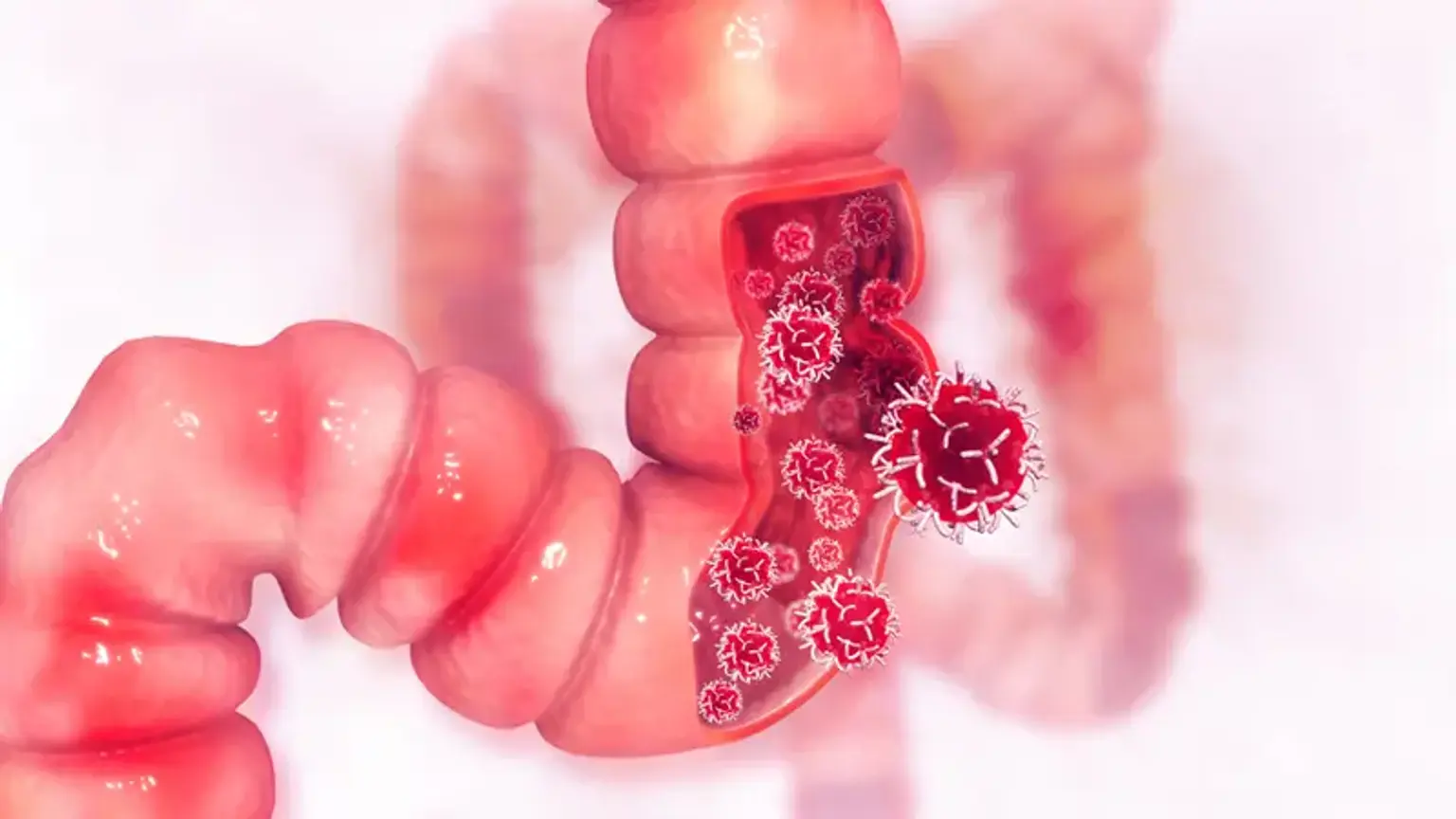Sigmoid Adenocarcinoma
Colorectal cancer (CRC) is the third most prevalent cancer diagnosis and the second most lethal malignancy in both men and women. Both strong environmental and genetic risk factors are found for CRC. Except for younger persons (under 50 years), the rate of new cases and death has been consistently dropping in recent years, presumably due to increased cancer screening and better treatment options. Familial Adenomatous Polyposis and Lynch syndrome are two hereditary disorders that account for about 7% of all CRC cases. For the normal colonic epithelium to transform into a precancerous lesion and, eventually, an invasive carcinoma, genetic changes must accumulate in the form of somatic (acquired) and/or germline (inherited) mutations over a 10- to 15-year period. The key mechanisms include chromosomal instability, mismatch repair, and CpG hypermethylation. The disease stage upon presentation is the most important prognostic predictor for sigmoid cancer. When evaluating prognostic and predictive chemotherapy success, all new CRC cases should be universally screened for DNA mismatch repair/microsatellite status, as well as RAS/BRAF mutational testing. A diagnostic or screening colonoscopy is required in virtually all individuals for tissue biopsy pathological confirmation of sigmoid cancer. The preferred cost-effective colon-cancer staging studies done before surgical removal are baseline computed tomography (CT) of the chest, abdomen, and pelvis with contrast and carcinoembryonic antigen (CEA). For local early-stage sigmoid cancer, surgical removal is the most common treatment option. Adjuvant therapy may improve the chances of a cure in high-risk patients with sigmoid cancer. Patients with oligometastatic, liver and lung, and local-recurrence colon cancer may be cured with multimodality therapy. Palliative systemic therapy is designated for those with non-surgical sigmoid cancer who want to improve their quality of life and live longer.
Sigmoid Adenocarcinoma Epidemiology
Colon cancer was diagnosed in more than 102,000 people in the United States in 2012, making it the fourth most frequent malignancy in both men and women. Colon cancer affects about 6% of Americans at a certain point in their lives. Colon cancer is frequently prevented, highly treated, and curative. Despite this, colon cancer is the second biggest cause of cancer-related deaths in the United States, killing over 55,000 people each year. The most common treatment is surgery. The prognosis of a patient is directly proportional to cancer's stage (how advanced it is). The pathology report received following surgical resection and biopsy of malignant tissue is the most reliable way to determine the cancer stage. The earlier colon cancer is detected and managed, the better the prognosis. The recurrence of malignant tissue after surgery is a major problem, and it is frequently the cause of mortality.
